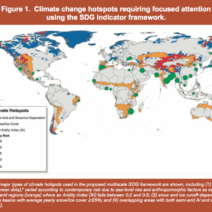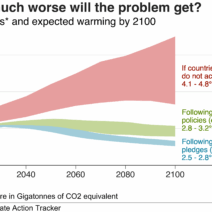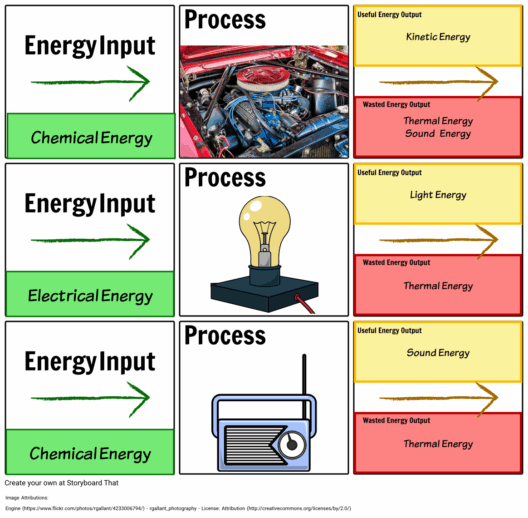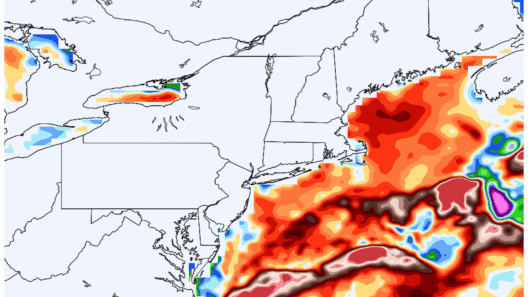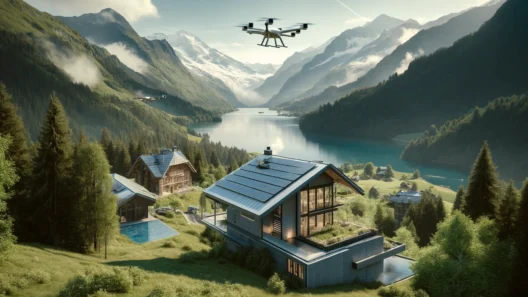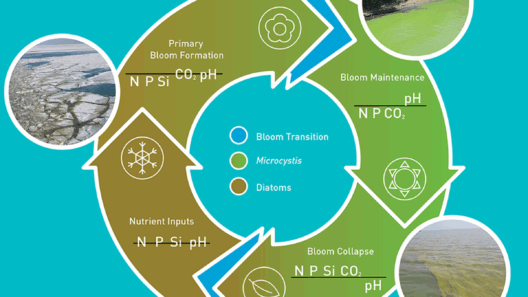Global warming represents one of the most pressing existential threats facing our planet today. While the phenomenon has garnered widespread attention in recent years, the intricacies surrounding its acceleration often remain obscured. Understanding how global warming can be hastened involves delving into a multitude of interconnected factors. Here, we will scrutinize these elements, ranging from anthropogenic activities to natural processes, that collectively contribute to climate change.
At its core, global warming is primarily driven by the greenhouse effect, a natural process that warms the Earth’s surface. However, human activity has exacerbated this effect, leading to a significant uptick in global temperatures. The excessive emission of greenhouse gases such as carbon dioxide (CO2), methane (CH4), and nitrous oxide (N2O) is the principal culprit. These gases trap heat in the atmosphere, creating a warming blanket around the Earth. The concentration of CO2 alone has increased by over 40% since the pre-industrial era, driven largely by the burning of fossil fuels for energy and transportation.
Another factor that accelerates climate change is deforestation. Forests act as vital carbon sinks, absorbing CO2 and mitigating the greenhouse effect. However, rampant deforestation for agriculture, logging, and urban expansion releases stored carbon back into the atmosphere. The conversion of lush forest ecosystems into monoculture plantations not only diminishes biodiversity but also impairs the planet’s ability to sequester carbon effectively. The rampant loss of these ecosystems contributes substantially to global warming.
A related concern is the agricultural practices that have become commonplace in modern farming. The use of fertilizers, which release nitrous oxide, and the raising of livestock, which emit methane, are significant contributors to greenhouse gas emissions. Methane, in particular, is over 25 times more effective than CO2 at trapping heat over a 100-year period. The intensification of animal farming to meet the demands of a growing global population exacerbates this issue, leading one to ponder the sustainability of current dietary trends.
Urbanization is yet another factor that plays a significant role. As cities expand, they create “urban heat islands,” areas that experience higher temperatures than their rural surroundings. This phenomenon is due to the prevalence of concrete and asphalt, which absorb and retain heat. Moreover, increased energy consumption in urban areas leads to higher emissions from power plants, further contributing to the greenhouse effect. The growth of mega-cities in particular places tremendous strain on the environment and accelerates climate change.
The interplay of climate and weather patterns also deserves attention. Climate change is expected to alter precipitation patterns, resulting in more intense storms and prolonged droughts. These extreme weather events are not merely an inconvenience; they can have cascading effects on agriculture, water supply, and public health. For instance, flooding can lead to soil erosion and loss of arable land, while droughts can exacerbate water scarcity, disrupt food supply chains, and incite conflict over dwindling resources. The unpredictability of these phenomena can significantly impede efforts to combat global warming.
Moreover, the concept of feedback loops is critical to understanding how global warming might accelerate. For example, as ice sheets and glaciers melt due to rising temperatures, less sunlight is reflected back into space, leading to further warming—a phenomenon known as albedo effect. Similarly, thawing permafrost releases methane, further intensifying the greenhouse effect. These feedback loops illustrate a grim reality: the faster we progress with climate change, the more self-perpetuating the process becomes.
On a global scale, geopolitical factors cannot be ignored. International trade of fossil fuels, deforestation-driven commodities, and the economic interests of nations can complicate efforts to mitigate climate change. Nations rich in fossil fuel reserves may resist pressures to transition to renewable energy sources, fearing economic repercussions. This tug-of-war between ecological imperatives and economic interests often results in policies that favor short-term gain over long-term sustainability. Without global cooperation and binding commitments, the acceleration of climate change may continue unabated.
Lastly, technological advancements present a paradox in the climate change narrative. While innovations such as renewable energy technologies and carbon capture have the potential to mitigate global warming, the rapid deployment of technologies without stringent regulations can also lead to environmental degradation. For example, hydraulic fracturing—commonly known as fracking—has unlocked vast natural gas reserves, which may seem beneficial in reducing reliance on coal. However, the process can result in water contamination, increased greenhouse gas emissions, and further ecological disruption.
Interestingly, public perception and awareness of climate change have also evolved in tandem with these accelerating factors. As awareness grows, so does the impetus for action; however, misinformation and political polarization can hinder meaningful dialogue. Engaging the public in discussions about the underlying factors that accelerate climate change is essential for fostering a sense of shared responsibility. Empowering individuals and communities with actionable knowledge can lead to grassroots movements that influence policy and promote sustainable practices.
In conclusion, the acceleration of global warming is a complex interplay of numerous factors—anthropogenic, natural, economic, and social. The urgency of addressing climate change has never been greater, as the consequences of inaction threaten to alter life as we know it. Understanding the mechanics of acceleration allows for a more informed and nuanced approach to mitigation strategies. Through concerted global efforts and a commitment to sustainability, it is possible to curb the factors driving climate change, ensuring a livable planet for future generations.
